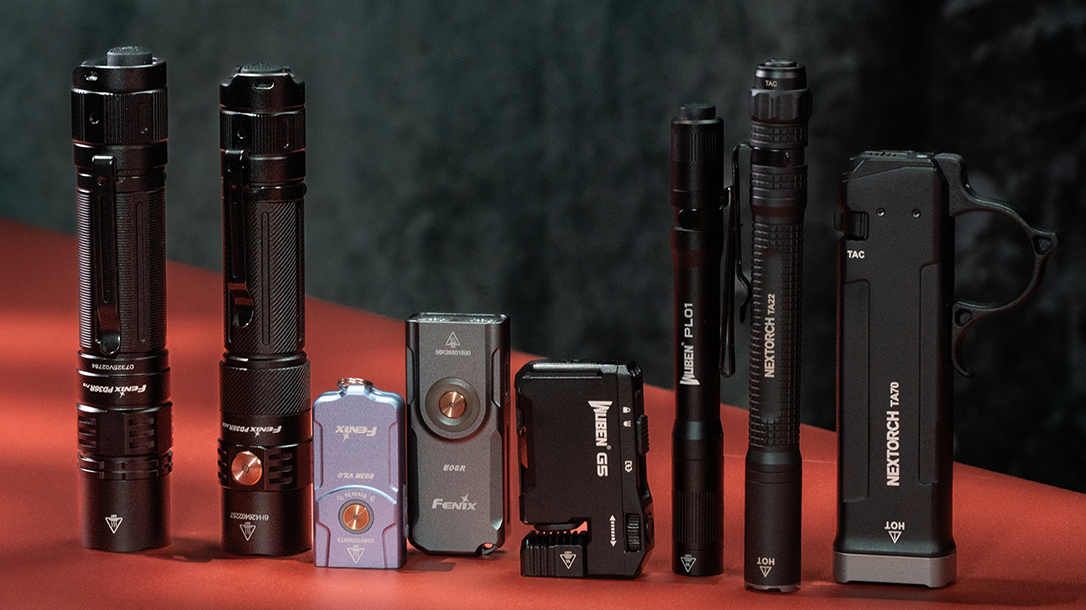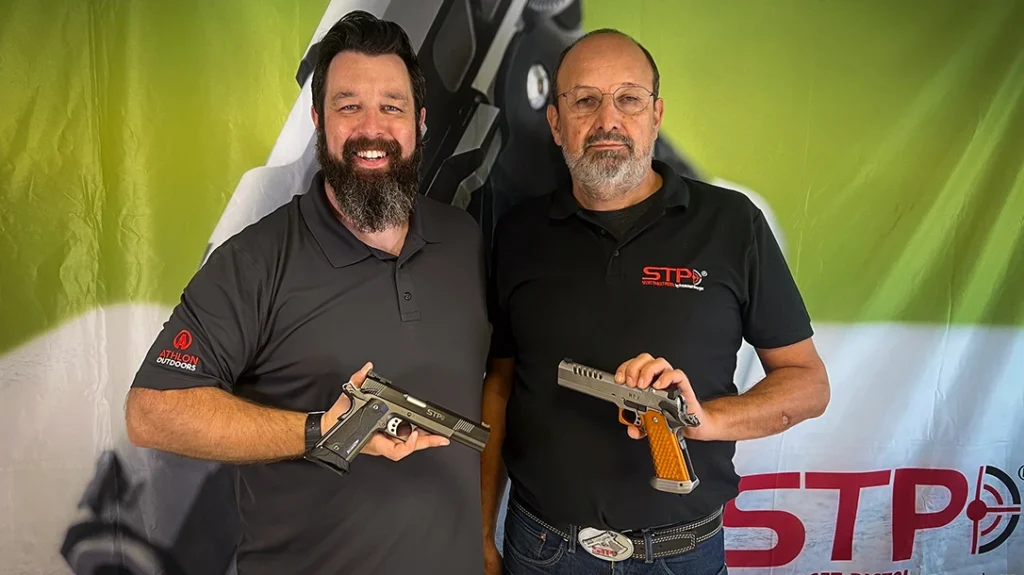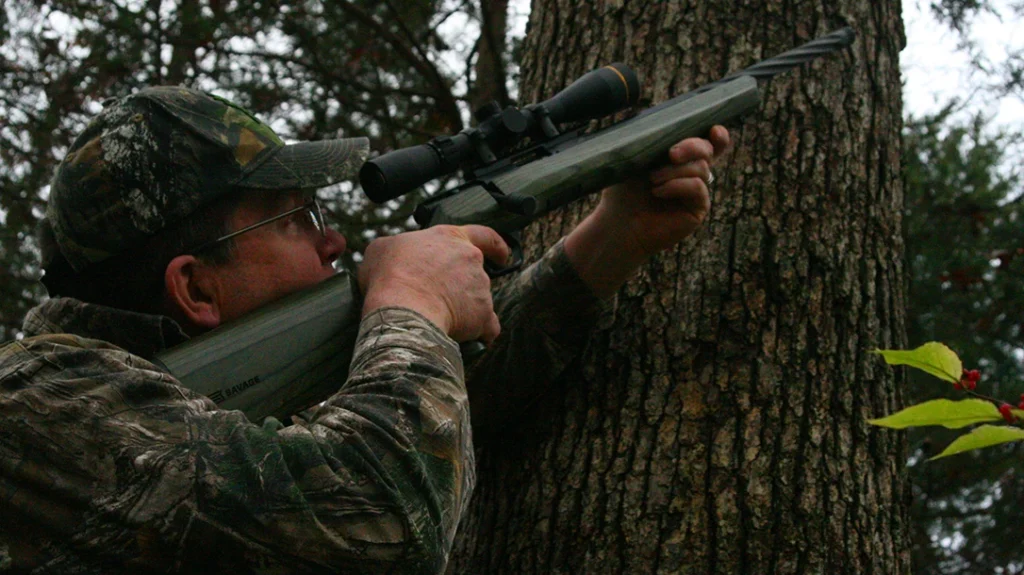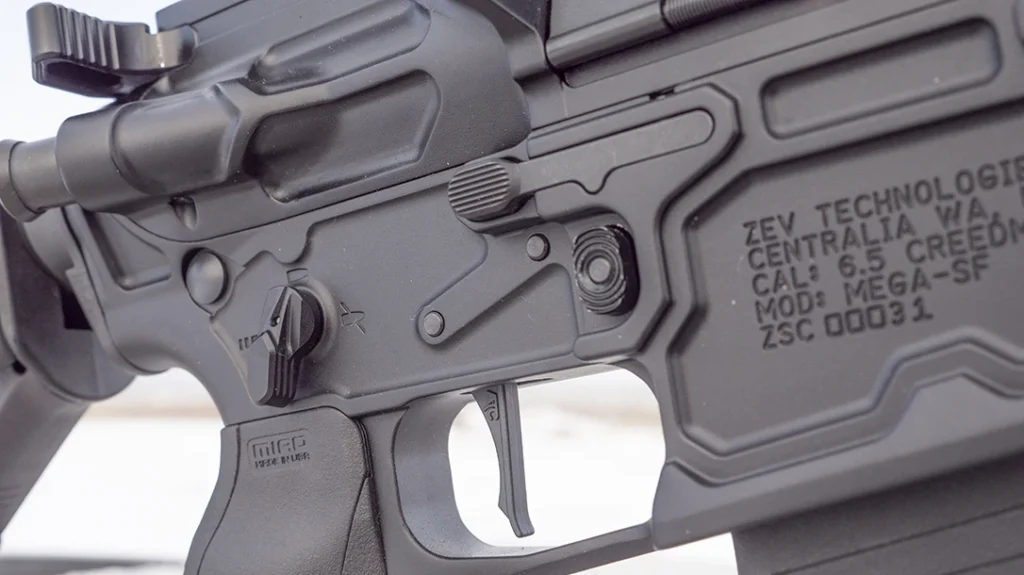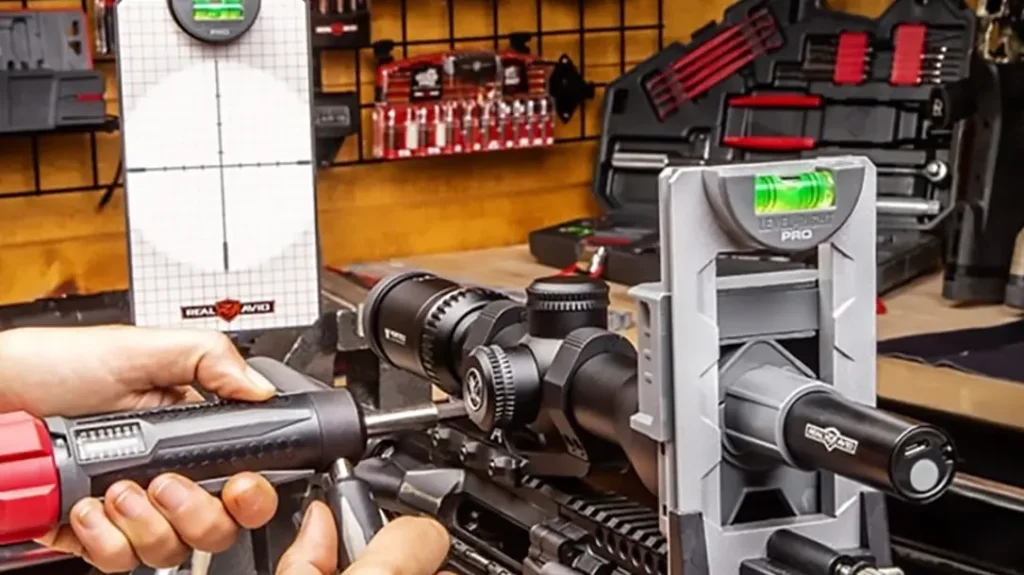This post was originally published on this site.
If you carry a gun, you carry responsibility. And if you carry a knife, you carry utility. If you carry a light, you carry both. Handheld illumination is the piece of kit that quietly solves problems all day long, then becomes mission critical in the five seconds when nothing else will do. For this round-up I went looking for EDC lights (everyday carry lights) that think past the usual tube and bulb formula.
I asked three different makers to send at least two models each, and told them to lean into anything unconventional, whether that meant shape, interface, or hidden capability. Then I lived with them. They rode in pockets on city days, clipped to caps on night hikes with my boys, and sat in glove boxes or on workbenches where they could earn their keep. What follows is not a spec dump. It is a practical review of several lights that approach everyday carry with genuine creativity while still respecting the basics of output, runtime, durability, and ease of use.
Advertisement — Continue Reading Below
EDC Lights Tested & What Matters
I let the brands choose the models. That kept me from stacking the deck and it gave me a better sense of what each company thinks is fresh. I carried each light for at least two weeks, passed them around at the range and on a camping trip, and used them for real tasks like tent work, gear checks, power-outage chores, and the mundane jobs that make up most of an EDC light’s life. I paid close attention to user interfaces. A light that you cannot operate under stress is just an expensive worry stone. I also noted charging behavior and thermal regulation, because big lumen numbers are meaningless if the light cooks itself and steps down in seconds. Finally, I dunked the IP-rated models in water within their stated limits. Every light here survived as advertised.

WUBEN: Small Forms, Clever Interfaces
WUBEN has been building lights for other people since the early eighties and, in 2016, started pushing designs under its own name. That OEM heritage shows. The machining is clean, the switches feel positive, and the user interfaces are simple enough to memorize after a day.
Advertisement — Continue Reading Below
WUBEN PL01
This one looks conventional at first glance, yet the details are exactly what an EDC light should get right. The PL01 is an aluminum single-cell pocket light with a tailcap switch that handles everything. Tap to step through brightness, click for constant on, and forget about it, because the light remembers the last mode. That one detail removes daily friction. You click on, and you are right back at the level you intended to use.
The battery is a rechargeable 600 mAh cell charged over USB-C. The body carries a two-way clip, so you can drop it in a pocket tip-up or clamp it to a hat brim and run it as an improvised headlamp. It weighs about 1.5 ounces and carries an IP68 rating. Submersion did not bother it. High output is listed at 650 lumens, but like many compact lights the PL01 only holds that level for about a minute before it intelligently reduces to 150 lumens to keep the diode and driver cool. For a realistic EDC profile that is fine. Most real tasks are solved at low or medium levels anyway. The price is $25 dollars, and it ships with a battery, lanyard, and cable. For most people who just need a competent light that is always set the way they left it, this is a sweet spot.
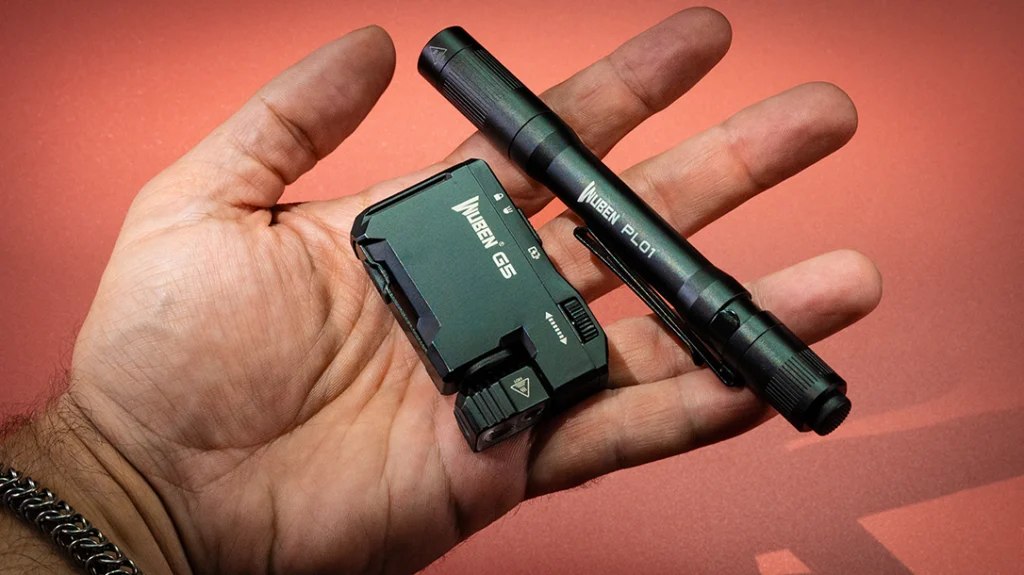
Advertisement — Continue Reading Below
WUBEN G5
If the PL01 hides its smarts inside a classic tube, the G5 puts them on display. Imagine a Zippo-sized rectangle with a hinged head, a color and brightness selection wheel, and a magnet in the base. The G5 is a compact utility light that can be clipped to a pocket, stuck to a hood, aimed from a tabletop, or worn on a hat thanks to a spring-loaded clip. It offers six modes, including RGB options, and it runs anywhere from roughly an hour at higher outputs to about 65 hours in a beacon mode on a single charge.
It too, carries an IP68 rating and shrugged off being dunked, though with any light that has multiple moving parts I would not choose fine dust as its natural habitat. As a camp helper and general problem solver, the G5 punches far above its weight. The price is also $25 dollars, which makes it an easy yes if you are curious about a light that behaves less like a torch and more like a tiny work lamp.
Fenix: Big Cells, Thoughtful Control
Fenix sent a pair of larger duty-style lights and a pair of pocketable minis. The theme across all four was battery capacity and interface discipline. You can tell the company expects these to be used hard and often.
Advertisement — Continue Reading Below
Fenix PD36R Pro
The PD36R Pro is a modern tailcap torch with a stout body, a deep carry clip, and a serious battery. Inside sits a 5000 mAh rechargeable cell. Turbo hits 2800 lumens for short bursts, which is impressive for a light this size. More importantly, the Pro will run at 1000 lumens for nearly four hours. That number matters. It means you can take a long walk, run a search, or handle a protracted roadside issue without nursing the switch. The low end starts at 30 lumens, and Fenix rates that at roughly 42 hours. Control is handled entirely at the tail. A smaller button can throw instant strobe when needed, and once the light is on that same button becomes your brightness selector. It is a logical, tactile interface that rewards muscle memory.
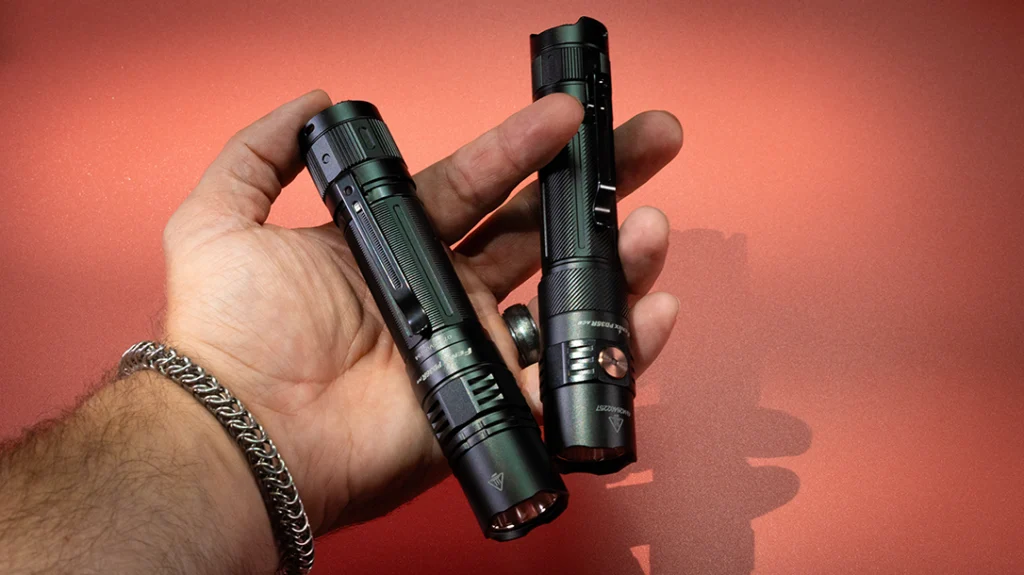
Fenix PD35R Ace
The Ace is the slightly leaner sibling with a 4000 mAh cell and a clever twist. The USB-C charging port hides under a threaded collar. Back the collar off a turn, plug in, and you are charging. Tighten it again and the port is sealed. The Ace tops out at 2000 lumens, runs 1000 lumens for about 3 hours and 20 minutes, and adds a one-lumen ECO mode that is shockingly useful. Fenix says ECO will run for about 720 hours on a full charge. That is a month, give or take. On a pitch-black Adirondack trail I used that single lumen to pick up tent stakes, find zippers and make a trip to the outhouse without wrecking my night vision. The Ace is $95 dollars. The Pro is $120. Both have battery indicators and gasketed ports, and both feel like real tools rather than catalog filler.
Advertisement — Continue Reading Below
Fenix E03R
Keychain lights usually disappoint me. They are either too dim to matter or too complex to bother learning. The E03R breaks that pattern. It offers seven settings in a body that is small enough to vanish next to your keys. High reaches 500 lumens for about an hour and 20 minutes, while ECO will glow for roughly 30 hours. There is also a single red LED with steady or blink modes, useful for preserving night vision or for signaling. The E03R carries an IP66 rating. It can handle rain and splashes, but it is not a diver. At $29.95 it is a giftable upgrade to anyone who still relies on a phone for light.
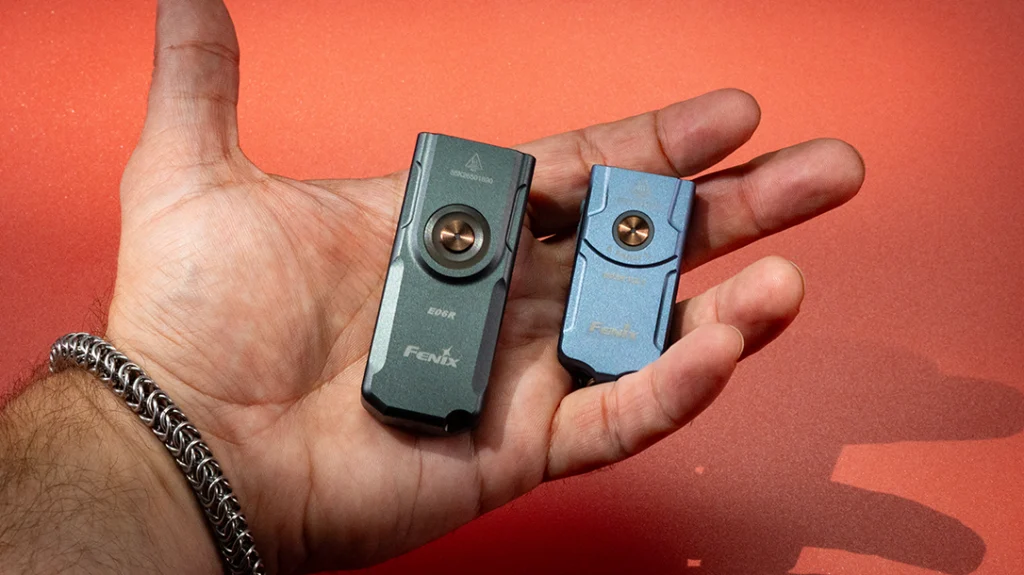
Fenix E06R
If the G5 is a utility cube, the E06R is a utility-knife of light. The main interface button itself illuminates, which means you can clip it to a hat and use that glowing disk as a tiny area lamp for map reading or gear sorting. The main beam tops out at 700 lumens with the usual protective step-downs, and a medium setting of 150 lumens runs for nearly three hours. It adds a UV emitter, a red laser pointer, and a magnetized tail. The button can display a colored “chaser” effect for locating the light in a dark pack or tent. It is IP66 rated, so think rainproof rather than submersible. At $59.95 it is hard to ignore if you like pocket tools that do many jobs well.
Advertisement — Continue Reading Below
NEXTORCH: Selector Switches & Purposeful Bodies
Nextorch has been upping its game lately, and both samples leaned into control. The brand’s three-position selector rings and pocket-friendly bodies make sense when you want to decide in advance how a light will behave.
NEXTORCH TA22
The TA22 is a pen-format duty light with a 650 mAh rechargeable battery and an IPX8 rating. You get a robust aluminum body, a lens-mounted glass breaker up front, and everything important happening at the tail. The three-way selector lets you lock the light, run a duty mode with multiple brightness levels, or set a tactical mode with instant access to turbo or strobe depending on your needs. The button carries a battery indicator so you always know roughly where you stand. Turbo is rated at 850 lumens, which is wild output for a penlight. On low, runtime stretches to about 15 hours. At $69.99 it is a serious tool for anyone who likes a shirt-pocket form factor but wants real performance.
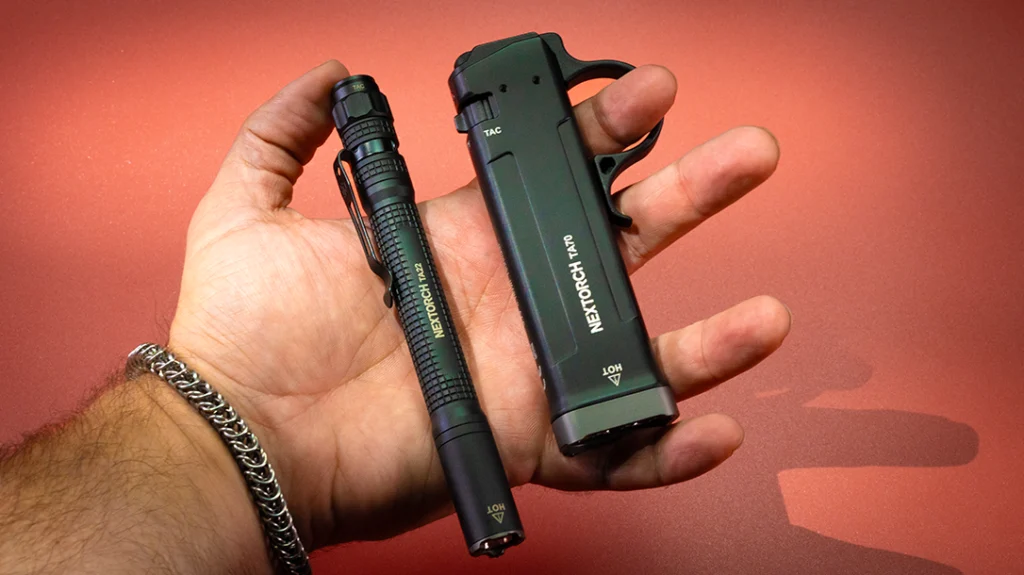
NEXTORCH TA70
The TA70 is a new release and it arrives with the same selector concept in a flatter, more hand-filling body. It includes a reversible pocket clip, a removable finger loop for retention, and a lanyard. There is a glass breaker at the bezel and a battery indicator on board. Inside sits a 1400 mAh internal battery that is not user serviceable. The IPX8 rating means deep water is not an issue within spec. Max output is a muscular 3500 lumens, with a low that runs to about 30 hours. The pocket clip can be swapped side to side. That loop is actually useful when you want to index the light and avoid dropping it under stress. At $119.99 it leans tactical, but its pocket shape and selector make it a legitimate EDC if you want a high-output primary light that still carries well.
Picking the Right EDC Light
Numbers are tempting. Lumen counts make for good marketing, and it is natural to equate more with better. In practice, two things matter much more than a headline output figure. The first is interface. If a light forces you to memorize a dance of half-presses and long-presses every time you want to change modes, you will not use it well. The second is sustained performance. The Fenix PD36R Pro’s ability to sit at a realistic 1000 lumens for nearly four hours matters more than a burst at 2800 that is gone before you can cross a parking lot. The WUBEN PL01’s mode memory matters more than pure output because it comes on exactly where you need it. The Nextorch selector matters because you can decide ahead of time whether you want lockout, a daily carry profile, or a hard-use tactical profile, then trust the light to behave.
Consider where your light actually lives. For example, if you wear a baseball cap constantly, a two-way clip like the PL01 or an illuminated clip like the E06R gives you hands-free capability without packing a dedicated headlamp. Or if you work around cars or appliances, magnets like the G5 and E06R are worth their weight in stress relief. If you live where winter lasts longer than your patience, big cells like the PD-series Fenix lights keep you out of the red during power problems.
Shapes Of Light
Beam shape matters too. Most of the lights here are bright enough that spill and hotspot are more about feel than hard numbers. For general EDC I favor balanced beams with enough spill to navigate and enough center intensity to identify. The Fenix PD35R Ace and PD36R Pro hit that balance well. For desk work, tent chores, or engine-bay tasks, the WUBEN G5’s pivoting head and the E06R’s clip light are more convenient than a pure thrower.
Water and dust protection should match reality. IP68 on the WUBENs means you can drop them in water without drama. IP66 on the small Fenix lights covers downpours and daily messes, just not dunking. IPX8 on both Nextorch models adds confidence if your light lives on a boat, in a rain shell, or around wash-downs. None of these ratings mean the light can ignore physics. If you leave a light charging on a wet deck or bury it in drywall dust, you will eventually collect problems. Common sense wins.
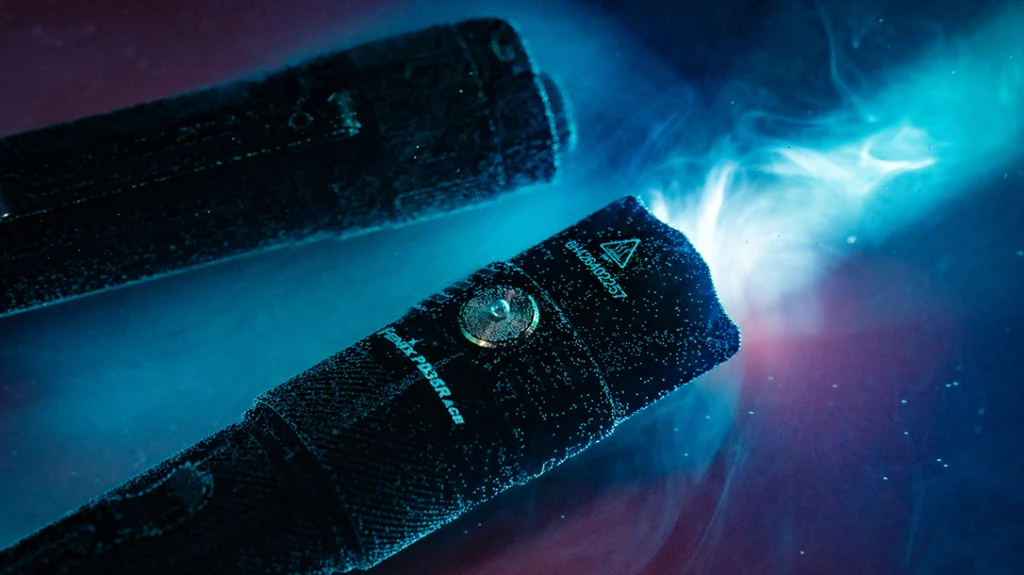
Finally, think about how your light partners with your defensive training. A handheld light that you can index and control is valuable even when you also run a weapon-mounted light on a pistol or long gun. The Nextorch finger loop helps with retention in awkward positions. The Fenix tailcap controls let you deliberately use momentary on at high output, then switch to a low administrative mode without scrolling through a disco. The tiny red options on the E03R can preserve night vision for navigation without broadcasting your location to the whole mountainside. None of these features are toys. They are practical advantages if you learn them and practice.
My Short EDC Light List
I try not to crown winners lightly, but I kept reaching for three models more than the rest. Your mileage will vary, and that is the point of EDC, yet here is where I landed.
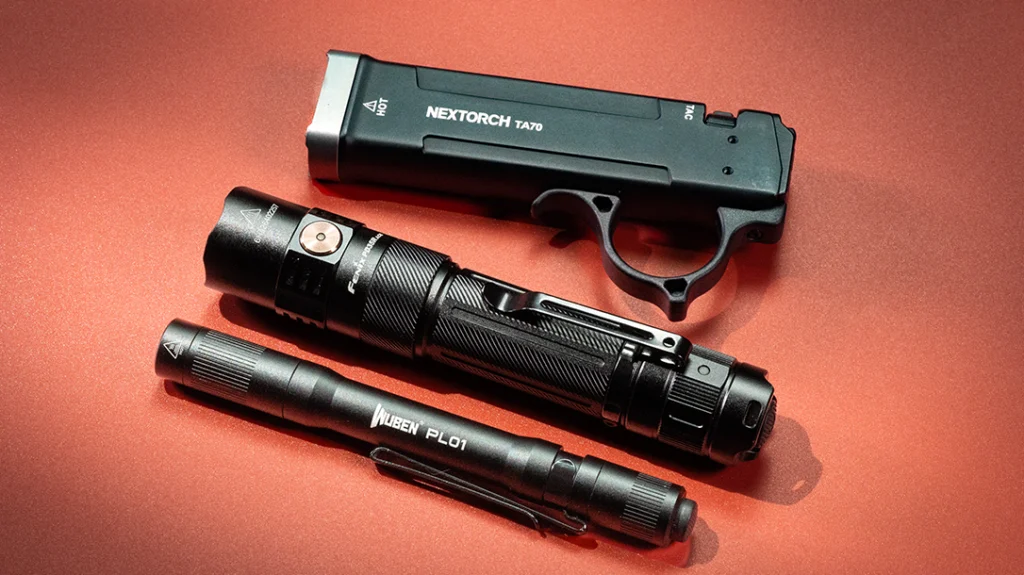
Third place goes to the WUBEN PL01. The price is almost silly for what you get. The tailcapUI is simple, the memory is perfect, and the five-lumen eco mode became my default for late-night checks without waking the house. I can honestly say I do not remember charging it during one stretch, which tells you the low-and-medium use profile is dialed. It just works, and it rides small.
Second goes to the Nextorch TA70. It is brutally bright when you ask it to be, and the selector never left me guessing. The loop makes it easy to control in the cold or with gloves, and the flat body disappears in a pocket where round lights sometimes fight belts and seams. It is more tactical than my usual EDC choice, but there is a lot to like if you want one light that can flood a backyard and still ride comfortably every day.
Top spot goes to the Fenix PD35R Ace. I did not expect to grab it as often as I did. It is just big enough to anchor a fist and project presence if you need to dissuade an unmotivated problem, but it remains pocket friendly. Battery life is real, the interface is clean, and that one-lumen ECO mode turned out to be something I used constantly in the woods and around my property. It is a do-everything light with a personality that rewards daily use.
Honorable Mentions
Two honorable mentions deserve a nod. The WUBEN G5 and the Fenix E06R are the most innovative of the bunch per cubic inch. The G5’s pivoting head and color wheel transform it into a tiny task light that can live anywhere and help with everything. The E06R is a Swiss Army approach to illumination with UV, a laser pointer, a glowing clip, and a magnetized base. If your EDC philosophy is “one tool, many jobs” you will smile every time you find a new use for either one.
Final Strobe
If you are new to EDC lights, start small and smart. Get something like the WUBEN PL-01 or the Fenix E03R and make it part of your daily pockets. Learn to index it with either hand. Practice momentary presses and mode changes until you stop thinking about them. Then, if you want a primary light that can punch harder, add a bigger model with a sane interface. If you work or train in ways that demand deliberate control, a selector-based Nextorch might be your best friend. If you want capacity and balanced output for long nights, one of the PD-series Fenix lights will treat you right.
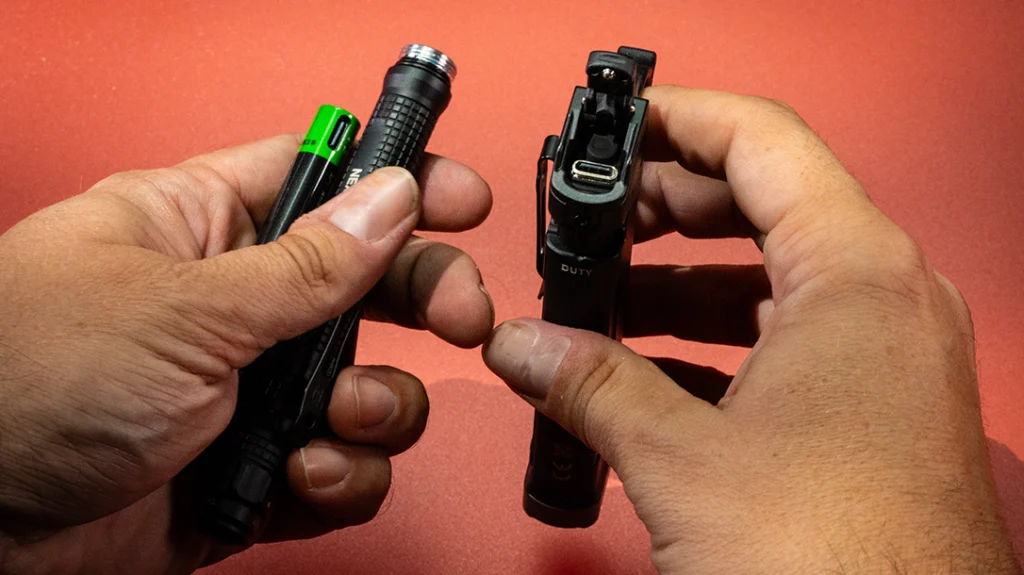
None of these lights can think for you. They simply remove friction so you can think about the task. That is what “outside the box” really means in this space. It is not a weird shape for the sake of being different. It is a feature or interface that solves a real problem without getting in your way. These models do that. Pick the one that fits your life, carry it, and use it. A light is one of the few tools that can turn a bad situation into a manageable one before anything else has to happen.
Train with it, like you train with everything else. Practice low-light search on a one-lumen mode that preserves vision. Also practice administrative work on medium. And try to practice short, deliberate bursts on high without blinding yourself. The day you need it, you should already know what it will do.
Train safe.
WHY OUR ARTICLES/REVIEWS DO NOT HAVE AFFILIATE LINKS
Affiliate links create a financial incentive for writers to promote certain products, which can lead to biased recommendations. This blurs the line between genuine advice and marketing, reducing trust in the content.
The post Best 8 EDC Lights appeared first on Athlon Outdoors Exclusive Firearm Updates, Reviews & News.
